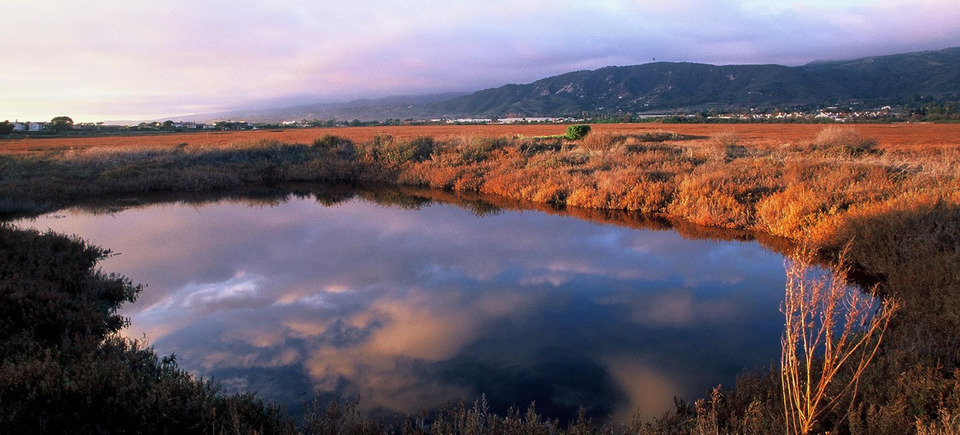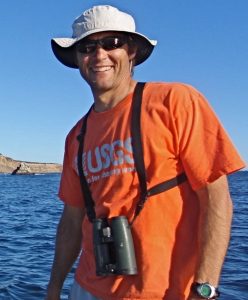Saturday, November 19: Parasites and Food Webs in Our Local Estuaries
Free lecture with Kevin Lafferty.
Saturday, November 19, 7:00 p.m.
Tipton Meeting House, UC Sedgwick Reserve.
3566 Brinkerhoff Avenue, Santa Ynez.
Join us for an eye-opening talk about the hidden complexities of local aquatic ecosystems. California’s tidal estuaries like the Carpinteria Salt Marsh contain trematode parasites with complex life cycles hosted by both birds and snails. Within the snails (rendered sterile by the parasite), the trematodes produce free-swimming stages that seek out a second intermediate host, such as California Killifish. Within the fish’s brain, the parasites can manipulate its behavior, making the fish more susceptible to predation by birds. Once in the gut of a bird the parasites can complete their life cycle. These parasites are so common in estuaries that we can measure them by the kilogram. Ironically, the more biodiversity an estuary supports, the more parasites it can support, meaning that parasites can be positive indicators of ecosystem health.
Kevin Lafferty’s main interest is in how parasites affect ecosystems and, in turn, how ecosystems affect parasites. He also conducts research on conservation of marine resources, investigating strategies for protecting endangered shorebirds, fish and abalone, and has assessed how marine reserves affect ecosystems. Lafferty received a PhD in Ecological Parasitology from UC Santa Barbara and took a postdoc with the National Marine Sanctuary and a research position at UCLA. He is currently a Marine Ecologist for the US Geological Survey at the Channel Islands Field Station, and a UCSB adjunct faculty member in the department of Ecology, Evolution and Marine Biology.
Lectures are free and open to all. Donations are much appreciated; they help us defray the cost of presenting lectures and films. Look for our donation box near the entrance to these events.
Salt marsh feature photo: © Chuck Graham











